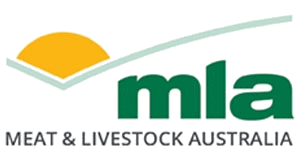Sustainability Videos
Grazing management for drought resilience - Erica & Stuart Halliday ‘Ben Nevis Angus’ Walcha NSW
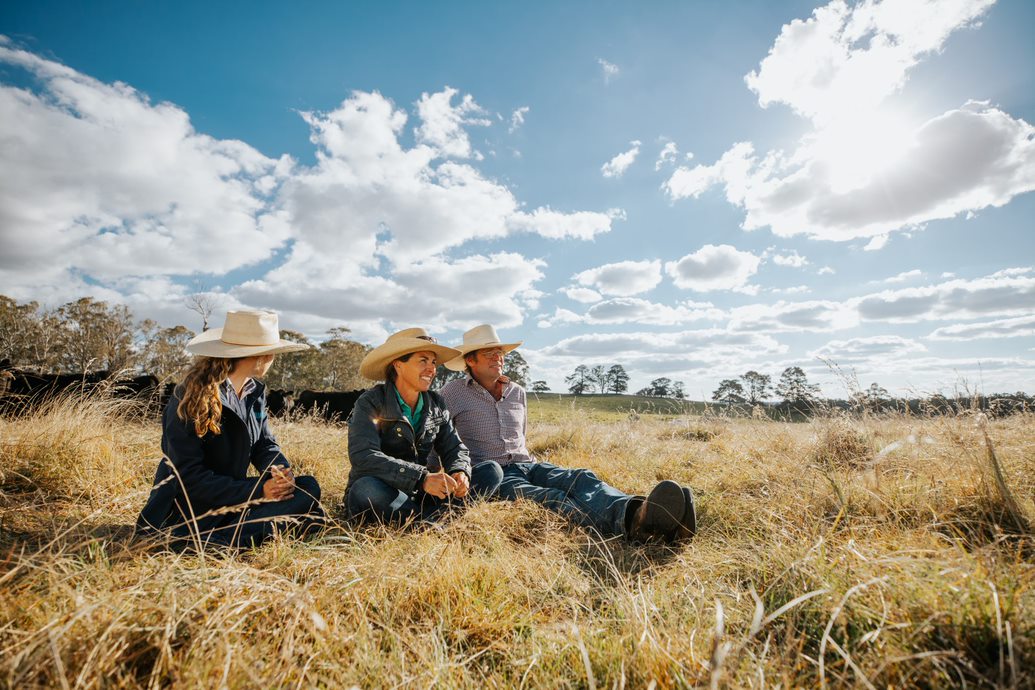
Grazing management for drought resilience - Erica & Stuart Halliday ‘Ben Nevis Angus’ Walcha NSW
For fifth generation beef cattle breeders, Erica and Stuart Halliday, it was the devastating drought and the depletion of their property’s topsoil that was the catalyst to switch their grazing management regime.
With the support of their agronomist, the Hallidays have switched to no-till, multispecies plantings and rotational grazing. The results have been dramatic and include a significant improvement in the nutrient, organic matter and microbe load in their topsoils, a dramatic reduction in input costs and significant improvements in weight gain and reduction in metabolic and husbandry issues in their cattle.
Grazing management and animal performance - Stuart Austin & Trisha Cowley ‘Wilmot Cattle Co’ Ebor NSW
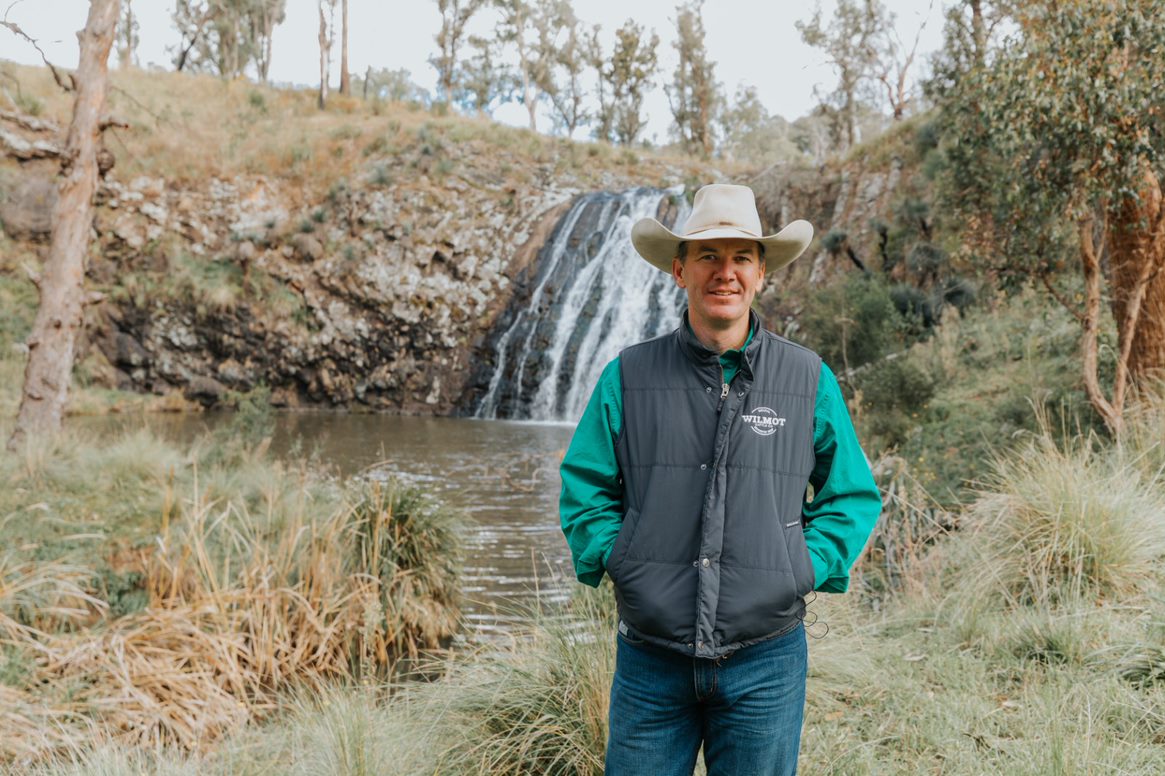
Grazing management and animal performance - Stuart Austin & Trisha Cowley ‘Wilmot Cattle Co’ Ebor NSW
For Wilmot Cattle Co, it was a shift in grazing management philosophy that was instrumental to turning the beef production business around to becoming more productive and financially resilient and as a result, has radically improved the ecological health of their soil.
As Manager, Stuart Austin explains Wilmot Cattle Co is first and foremost a beef production business with animal performance their driving metric, but by shifting their thinking on grazing management to work in harmony with nature, the business has reduced its stocking rate but increased turn-over and overall profits and grown to become more ecologically and financially resilient.
Grazing management for drought resilience - Melinee and Rob Leather, Barfield Station, Banana, Qld

Grazing management for drought resilience - Melinee and Rob Leather, Barfield Station, Banana, Qld
Central Queensland grass fed beef producers, Melinee and Rob Leather operate three cattle properties in central Queensland and run around four and a half thousand head of cattle.
By investing in key programs and tools such as BREEDPLAN, leucaena forage crops, best animal welfare practices and pain relief, ground cover satellite mapping and renewable energy, the Leather’s are pushing their herd’s productivity to the limits whilst improving their environmental footprint and preparing their business to become more drought and climate resilient.
Grazing management and animal performance - Adam and Jacynta Coffey, ‘Boreelum’ Miriam Vale, Queensland
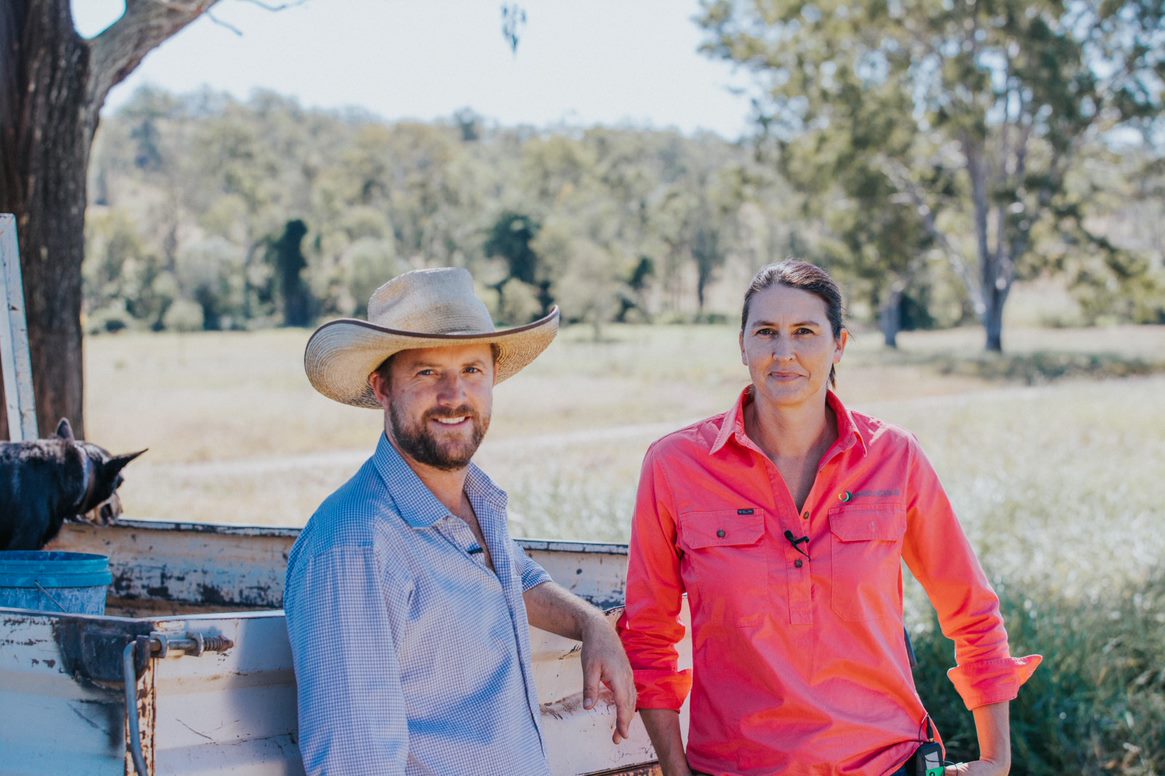
Grazing management and animal performance - Adam and Jacynta Coffey, ‘Boreelum’ Miriam Vale, Queensland
First generation Central Queensland cattle producers, Adam and Jacynta Coffey bought into the industry five years ago, purchasing a 2500 ha failed hardwood timber plantation in relatively marginal country, outside Miriam Vale in Central Queensland, and set about transforming it into a grazing property amidst three tough years of extreme drought.
What the Coffey’s have demonstrated is that productivity goes hand in hand with ecological outcomes, that boosting organic matter and soil carbon is key to ecological health and that synchronising stocking rates with pasture density.
Building an intergenerational business - Barb Madden, Andrew & Jason Shearer-Smith, Smithfield Cattle Co – Smithfield Feedlot, Proston & Sapphire Feedlot, Goondiwindi

Building an intergenerational business - Barb Madden, Andrew & Jason Shearer-Smith, Smithfield Cattle Co – Smithfield Feedlot, Proston & Sapphire Feedlot, Goondiwindi
For Smithfield Cattle Co’s partners, Barb Madden and Jason and Andrew Shearer-Smith partnship has grown and evolved over four generations and close to 100 years and is now focused on grain feeding cattle, operating two feedlots, collectively custom grain feeding cattle from 100 up to 500 days and at a total capacity of 40,000 head.
As Andrew, Jason and Barb explain optimising cattle performance has required a commitment to operational excellence in the quality, nutrition and conversion efficiency of their feed rations; best practice animal husbandry and welfare which is infused in the culture of the business and the responsibilities of all staff; and major investments into state-of-the-art technology and renewable solar energy.
Breeding for eating quality, carcase and sustainability attributes Darren and Melanie Hamblin ‘Strathdale Wagyus” Sarina QLD
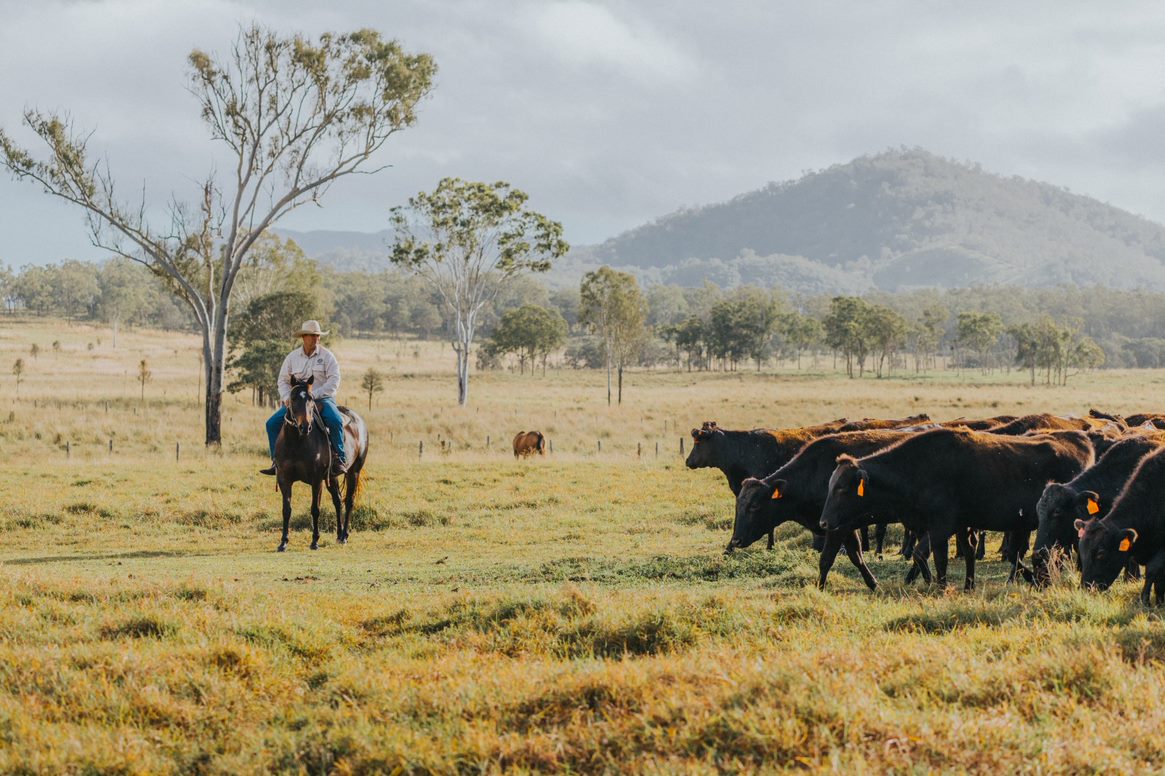
Breeding for eating quality, carcase and sustainability attributes Darren and Melanie Hamblin ‘Strathdale Wagyus” Sarina QLD
As Central Queensland cattle breeders, Darren and Melanie Hamblin, breed Waygu cattle, running around 6,000 head across, their three properties in Central Queensland and on the Darling Downs.
The Hamblin's have been long-term users of BREEDPLAN but have moved into genomic testing and Single Nucleotide Polymorphism (SNPs). SNPs provide Darren with the DNA markers that when linked with sufficient historical performance data increases the accuracy of his selection decisions. The production and carcase data he has collected over many years has been valuable in tracking historical trends and progress but when combined with SNPs become extremely powerful predictors of future selection outcomes.
Bullet proof sheep and grazing management to manage in tough environment - David and Melissa Greig ‘ Bellevue Rural Enterprises’ Tottenham NSW
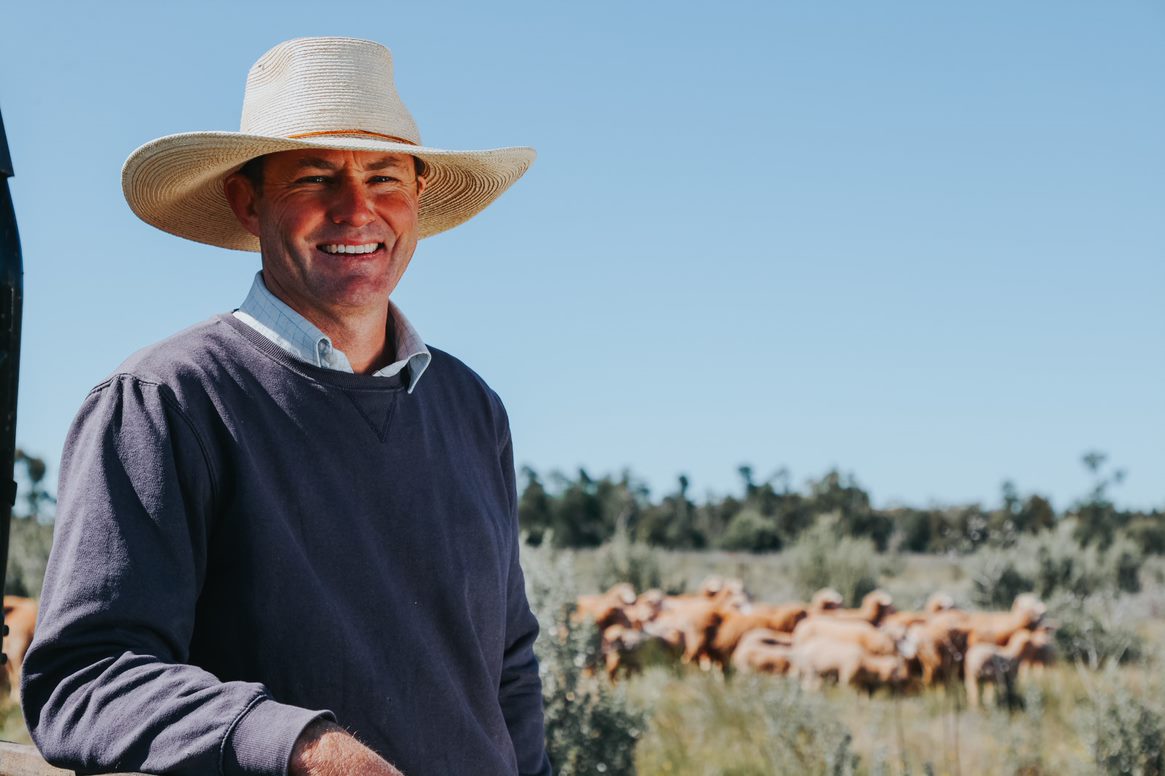
Bullet proof sheep and grazing management to manage in tough environment - David and Melissa Greig ‘ Bellevue Rural Enterprises’ Tottenham NSW
Tottenham sheep producer,David,his wife Melissa and two daughters, operate a mixed farming – winter cropping and merino sheep enterprise outside Tottenham in the central west of NSW. Their main enterprise is selling ewes, both first-cross ewes to prime lamb producers and merino ewes to first-cross ewe and wool producers.
As David explains a deliberate decision to introduce more robust, plainer bodied merinos through the use of Estimated Breeding Values; coupled with learnings acquired through AWI’s Lifetime Ewe Management program, which taught him the importance of matching animal nutrition and condition scores with reproductive cycle; have been pivotal to addressing lamb survival with lambing percentages now double what they were eight years ago.

